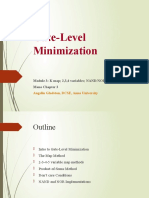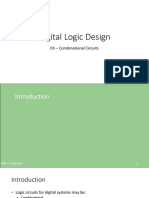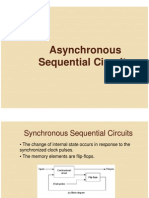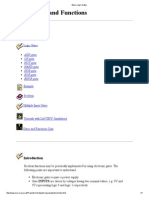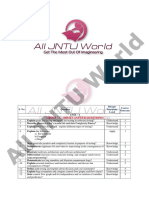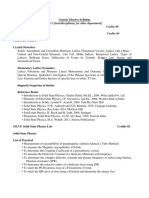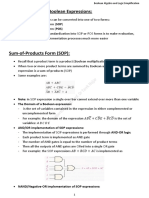0% found this document useful (0 votes)
8 views33 pagesChapter 3 Gate-Level Minimization
The document discusses gate-level minimization in digital logic design, focusing on methods such as the Karnaugh map for simplifying Boolean functions. It covers various examples of simplifying functions with two, three, and four variables, as well as the use of prime implicants and don't-care conditions. Additionally, it addresses NAND and NOR gate implementations and the Exclusive-OR function.
Uploaded by
tahsin.tarif.personalCopyright
© © All Rights Reserved
We take content rights seriously. If you suspect this is your content, claim it here.
Available Formats
Download as PDF, TXT or read online on Scribd
0% found this document useful (0 votes)
8 views33 pagesChapter 3 Gate-Level Minimization
The document discusses gate-level minimization in digital logic design, focusing on methods such as the Karnaugh map for simplifying Boolean functions. It covers various examples of simplifying functions with two, three, and four variables, as well as the use of prime implicants and don't-care conditions. Additionally, it addresses NAND and NOR gate implementations and the Exclusive-OR function.
Uploaded by
tahsin.tarif.personalCopyright
© © All Rights Reserved
We take content rights seriously. If you suspect this is your content, claim it here.
Available Formats
Download as PDF, TXT or read online on Scribd
/ 33
































